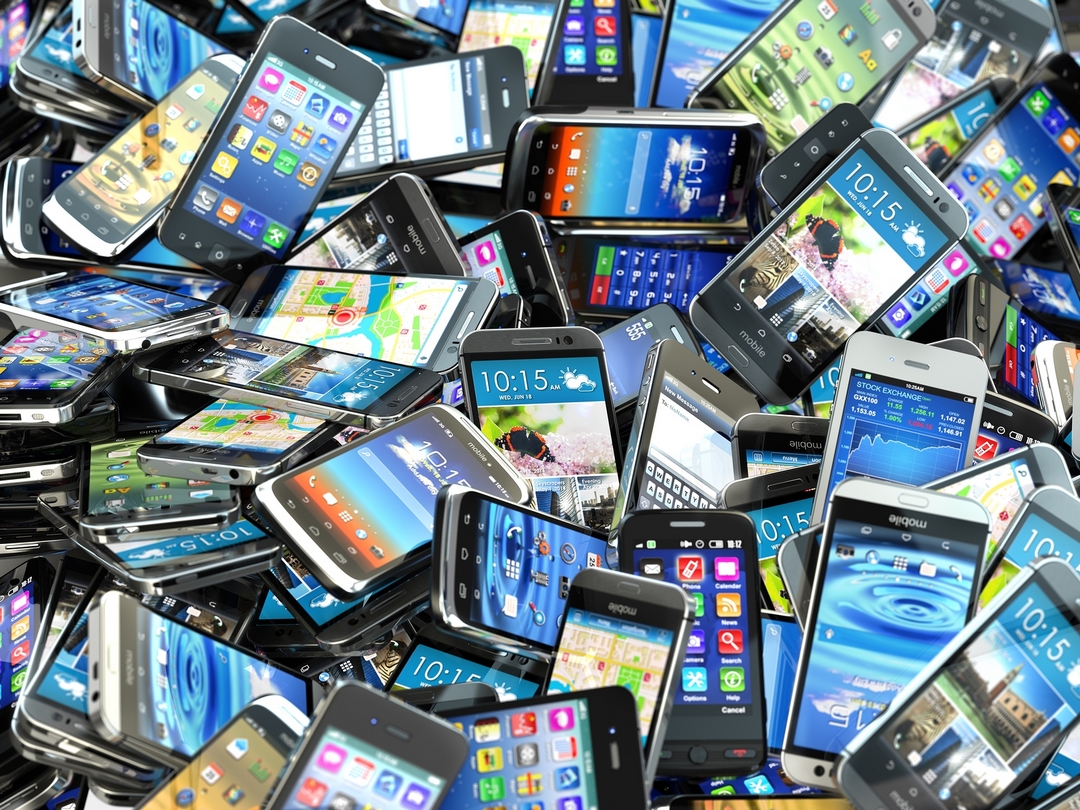Getting a new cell phone is exciting and it may be tempting to forget all about your old one and dispose of it hastily. But not so fast! Even if you take the proper steps for electronics recycling, you still need to protect yourself and ensure no information on your cell phone could cause issues for you if it falls into the wrong hands later on. There are certain precautions you can take before recycling your old cell phone to prevent this from happening.
1. Cancel or transfer service

Cancelling or transferring your cell phone service when switching phones is obvious but can be overlooked. If you are cancelling your service, contact the company that you are changing to and sign up for a service plan. This new company will often handle the transfer process for you.
If you are just transferring your same service to a new phone, contact the company and they will usually require your new SIM card number and the International Mobile Equipment Identity (IMEI) number located on the phone. This step is required as someone could take possession of your old phone, use the cell service, and you would be responsible for the bill.
2. Backup

Your cell phone has a lot of valuable information on it so backing it up is crucial. Transfer all contact numbers, pictures, emails, and documents either to your new cellphone or to another device such as a computer, external hard drive, or USB stick for safekeeping. This information is stored on your SIM card but can also be stored on a secure digital (SD) memory card if you installed one.
Therefore, check to make sure you have backed up everything from the SD card as well. Failing to back up these types of information will mean that it will be lost and you will not be able to restore it after resetting the phone before disposing of it.
3. Factory reset

Even if you deleted your information after backing it up, a tech-savvy person could still access it after you recycled the device. Therefore, performing a factory reset will clean all information from the phone and restore it to factory settings. Locate this feature on your phone and perform the reset.
Once complete, turn your phone back on and check such areas as your email, photo, contacts and document applications to make sure everything has been erased. This will prevent such information from being accessed after you dispose of your phone. Also, if you used banking applications, this data will be deleted as well, preventing opportunities to steal your money and identity from you.
4. Remove SIM & SD card

You may have backed up all of your information and performed a factory reset but to be extra vigilant, removing your SIM and SD cards will especially guarantee that none of your information is accessed after you recycle your old phone. The SIM card can be used in your new cell phone although they often come with a new one to use.
Removing the SIM card will guarantee that none of your information left behind after a reset is accessed although the chances of it being still present on the old phone are unlikely. The removal of the SIM card will render the device unusable in the event your old phone company failed to shut off service in time. Your SD card does not necessarily need a backup and reset as information on this can be left as is and inserted into your new phone if it allows you to extend the storage on it.

